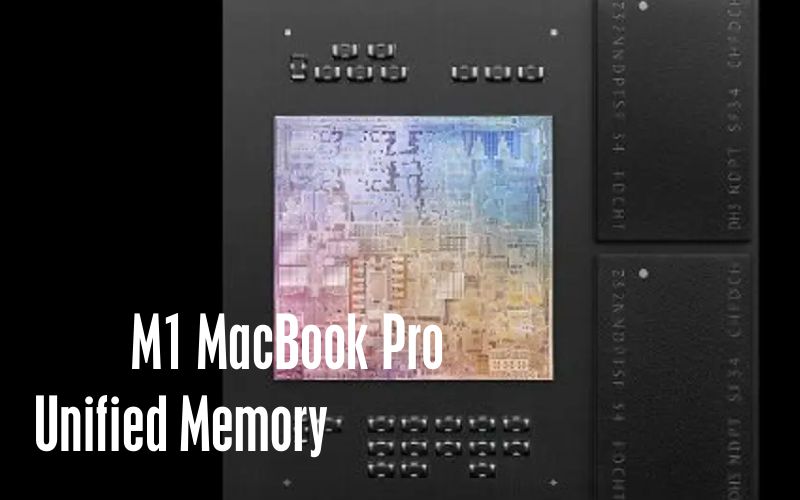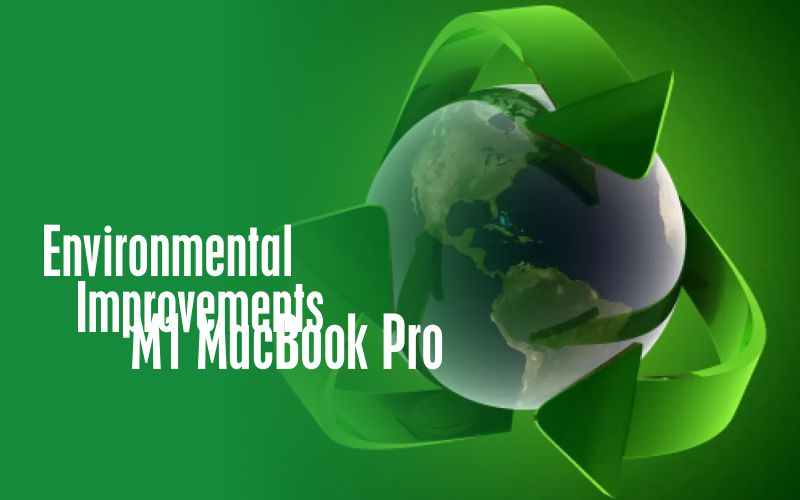In this blog, we will talk about M1 vs. M2 MacBook Pro. We will also talk in brief whether it is worth upgrading to Apple’s upcoming M2 over M1 MacBook Pro.
Apple’s M2 MacBook Pro follows its M1-based predecessor by over a year and a half. The new device has the same design as the old one, but there are a few key modifications behind the hood that could make it a worthwhile upgrade for some consumers, even if it isn’t for everyone.
The 13-inch MacBook Pro is frequently picked by individuals who demand active cooling for improved long-term performance, the best compact MacBook battery life, or just prefer the Touch Bar, with the device providing more than the MacBook Air but at a price considerably below the high-end MacBook Pro variants. Between the now-discontinued M1 MacBook Pro and the new M2 MacBook Pro, Apple lists at least six important differences:
M1 MacBook Pro
- M1 chip with 8-core GPU
- 8GB and 16GB unified memory configurations
- 68.25GB/s memory bandwidth
- 3.5mm headphone jack
- 61W USB‑C Power Adapter
M2 MacBook Pro
- M2 chip with 10-core GPU and dedicated media engine
- 8GB, 16GB, and 24GB unified memory configurations
- 100GB/s memory bandwidth
- 3.5mm headphone jack with support for high-impedance headphones
- 67W USB‑C Power Adapter
- Made with more recycled materials
M1 vs M2 Chip
As of my last knowledge update in January 2022, the M1 and M2 chips are both Apple-designed processors used in their Mac computers. The M1 vs M2 Chip was introduced in November 2020, representing a significant shift from Intel processors. It is based on a 5-nanometer process and incorporates multiple functions, including the CPU, GPU, and a unified memory architecture, resulting in improved performance and energy efficiency.
M1 vs. M2

The Apple silicon chip is the main distinction between the current and previous-generation 13-inch MacBook Pros. The M1 chip is based on Apple’s A14 Bionic chip and will be released in November 2020. The M2, on the other hand, appears to be based on the A15 Bionic chip. Despite the fact that both chips include an eight-core CPU with four performance cores and four efficiency cores, the M2’s cores offer moderate performance and efficiency gains. The M2 adds two more GPU cores to the mix.
M2
When dealing with RAW photographs in apps like Affinity Photo or playing graphics-intensive games like “Baldur’s Gate 3,” Apple claims the 13-inch MacBook Pro is over 40% faster than the previous model.
The M2 includes a media engine supporting hardware-accelerated H.264, HEVC, ProRes, and ProRes RAW video encode and decode, similar to the M1 Pro. There is no specialised media engine on the M1 chip.
According to Apple, this allows users to play back up to 11 streams of 4K and two streams of 8K ProRes footage on the latest MacBook Pro, significantly speeding up video workflows. Users can now convert their video productions to ProRes in nearly three times the time they used to.
- Unified Memory

Both the M1 and M2 are configurable with 8GB or 16GB of unified memory, but the M2 offers an additional 24GB top-tier memory option. Multitasking and memory-hungry workflows, such as working with large assets, benefit from the M2 chip as a result. In addition, the M2 has a 100GB/s memory bandwidth, compared to 68.25GB/s with the M1, meaning that the latest MacBook Pro can access more memory faster.
- Support for High-Impedance Headphones

The 13-inch MacBook Pro continues to offer better speakers and microphones than the MacBook Air, featuring high dynamic range and “studio-quality.” The M2 MacBook Pro ups the device’s audio credentials further with support for high-impedance headphones like the high-end 14- and 16-inch MacBook Pros, which could be a meaningful upgrade for some audio professionals.
- Power Adapter

The M2 MacBook Pro comes with a 67W power adapter for slightly faster charging compared to the previous model’s 61W power adapter.
- Environmental Improvements

The previous 13-inch MacBook Pro was free of numerous harmful substances, met Apple’s energy efficiency standards, and used wood fiber in the packaging from recycled sources or responsibly managed forests, but the M2 MacBook Pro further reduces the device’s environmental impact by using 100 percent recycled rare earth elements in the enclosure magnets and 100 percent recycled tin in the solder of the main logic board.
M1 vs M2: Which is Better?
The M2 MacBook Pro is a minor update over the previous-generation model, with the majority of the device’s features staying unchanged. Specific video and audio operations, as well as anyone who requires more than 16GB of RAM or greater memory bandwidth, will benefit from the advancements in the 13-inch MacBook Pro, but everyday users are unlikely to notice significant differences.
Given that the M1 MacBook Pro was only released 18 months ago and that the M1 chip is still available in the iPad Air, iPad Pro, Mac mini, and iMac, the M2 MacBook Pro will likely not be worth it if you’re upgrading from the previous model, and future-proofing is unlikely to be a major consideration at this time. For more significant changes, most 13-inch MacBook Pro buyers may want to wait longer between revisions.
Rather than 2020’s M1 model, the M2 MacBook Pro is better suited to buyers moving from a previous laptop. The device’s succession of small enhancements, led by the M2 processor, provide a decent overall package for these purchasers, guaranteeing that they get a somewhat more current and powerful machine.
Read Our New Latest Blog: How do Credit Cards Work: An Easy Guide











